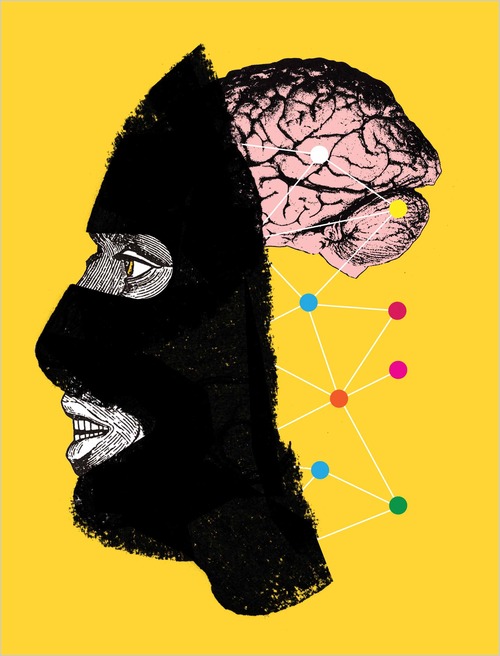| Want to send this page or a link to a friend? Click on mail at the top of this window. |
| More Books and Arts |
| Posted January 11, 2010 |
| The Terrorist Mind: An Update |
| Research is expanding rapidly. And so is the |
| thinking on the path that leads to killing and |
| martyrdom. It's not just about religion. |
|
By SARAH KERSHAW |
 |
|
MATT DORFMAN |
|
|
| IDEALISTS, RESPONDENTS, LOST SOULS, REVOLUTIONARIES, WANDERERS, CRIMINALS, CONVERTS, COMPLIANTS. |
| Wehaitians.com, the scholarly journal of democracy and human rights |
| More from wehaitians.com |